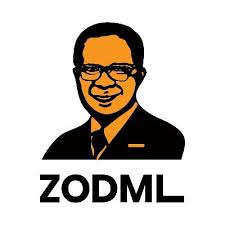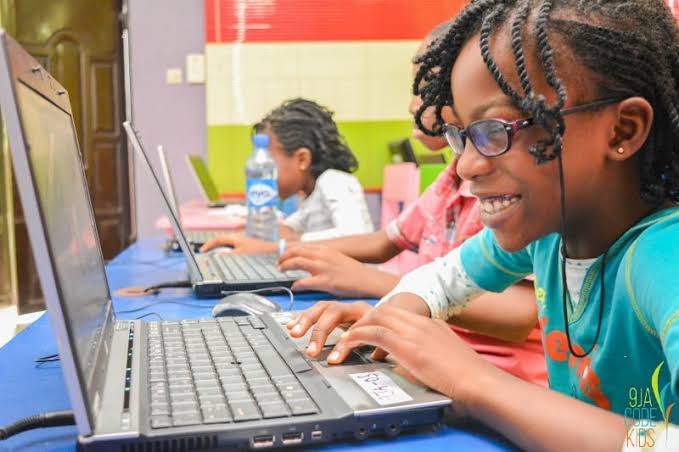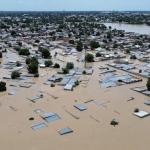Introducing Technology to Kids at a Young Age through Coding
By Lenient Amidu
It is not news that most of the world’s systems are moving in the digital direction. There is so much information available around us. From websites to Artificial Intelligence, our lives are intertwined with the fruits of technology. Introducing kids to Coding not only benefits them but also lays a foundation for future innovative contributions to their environment.
Coding, also known as Computer Programming, is the process of designing, writing, testing, and maintaining the instructions that a computer follows to perform a specific task or solve a problem. These instructions, called "codes," are written in one or more programming languages, which are used to communicate with a computer and tell it what to do.
Coding is applied in various areas including:
1. Web development
2. Game development
3. System administration
4. Data analysis and science
5. Artificial intelligence and machine learning
6. Internet of Things (IoT)
There are also various programming languages: Python, JavaScript, Java, C++, C#, PHP, SQL & TypeScript.
How Do We Introduce Kids To Coding?
1 Encourage creativity and curiosity
2. Play interactive games
3. Start with the basics
4. Use children - friendly resources
5. Utilize visual programming tools
6. Enroll them for digital classes or training
7. Keep track of progress
Why Learning To Code Is Important For Kids?
1. Coding helps kids develop problem-solving skills.
2. It prepares kids for a digitally driven world.
3. Coding skills offer career opportunities in future.
4. Coding promotes creativity, imagination, and innovation.
5. Coding helps kids develop skills like critical thinking, analytical reasoning, and spatial reasoning, which benefit other subjects like math, science, and engineering.
By introducing kids to coding, they develop essential skills for the future, become more tech-savvy, and encourage them to actively participate in the environment around them.





